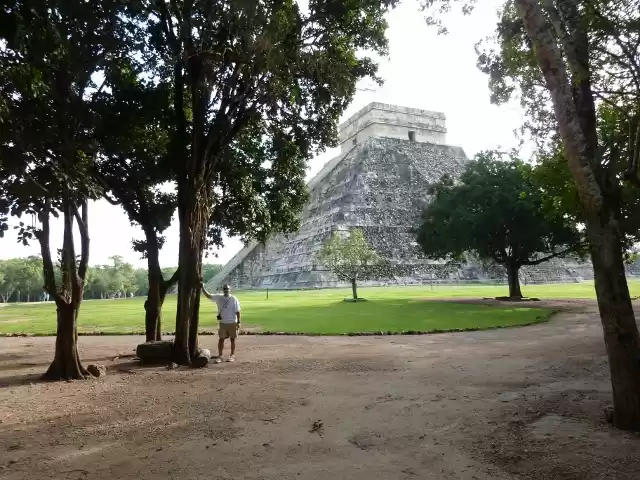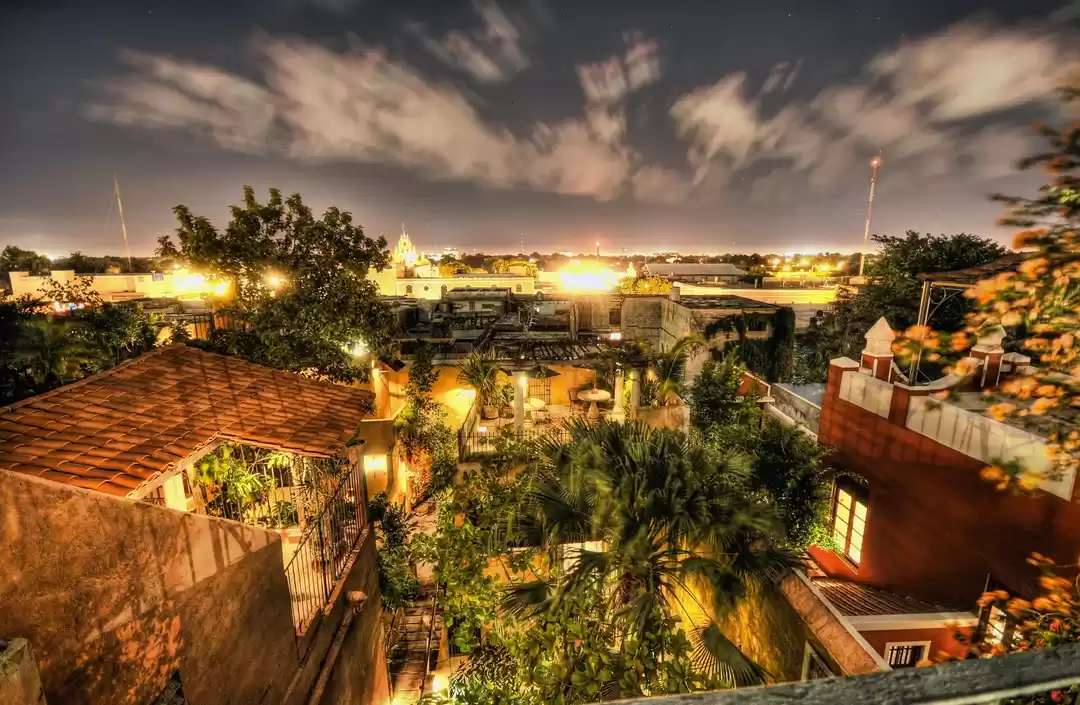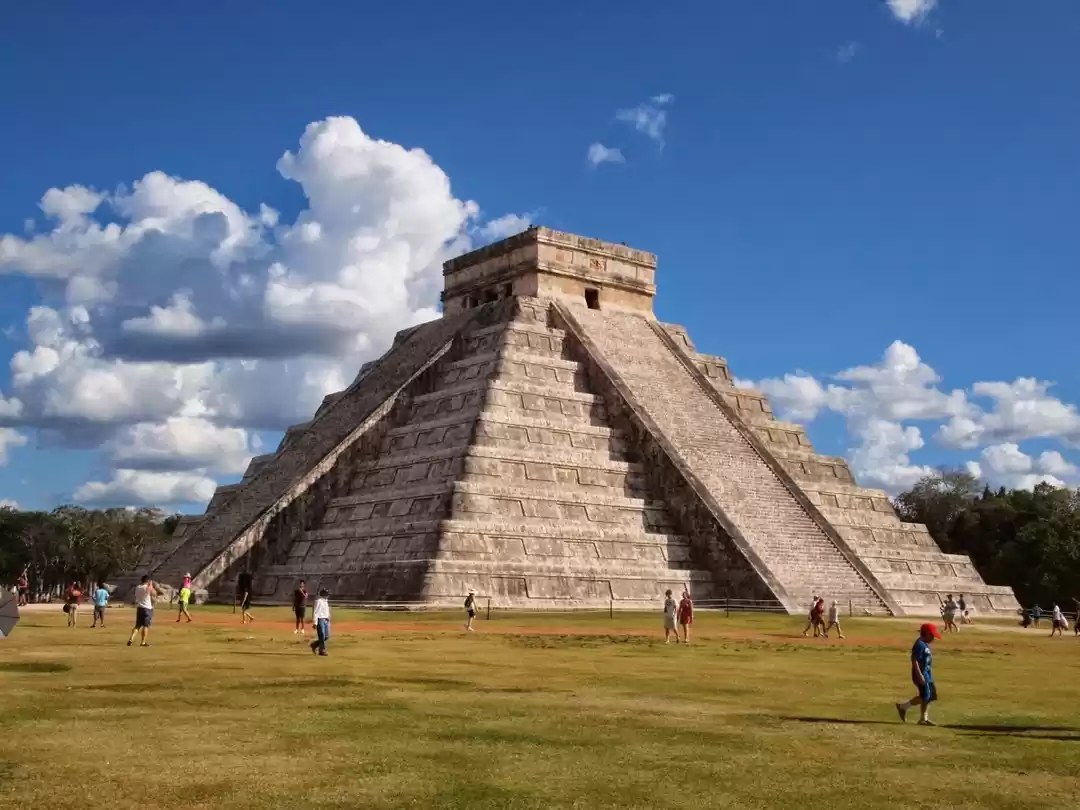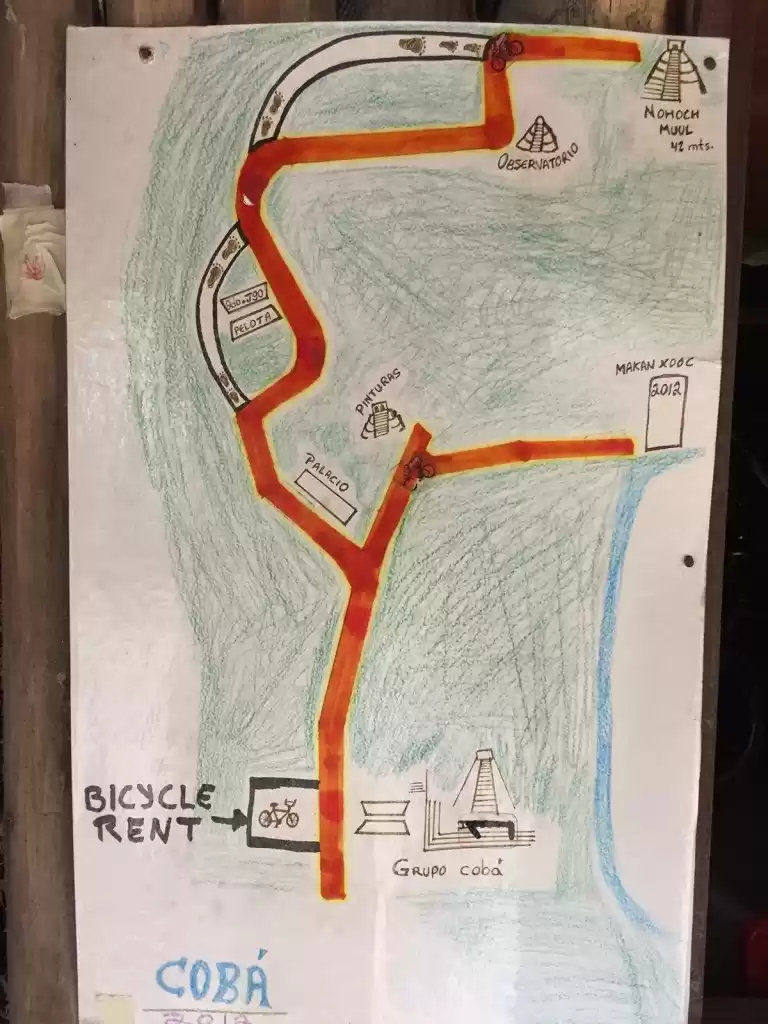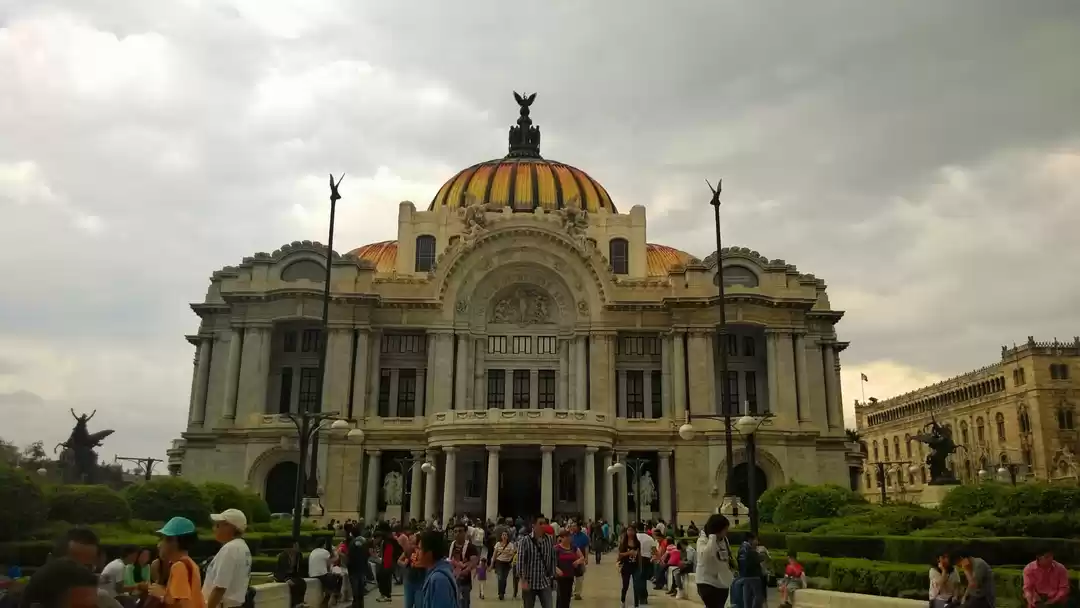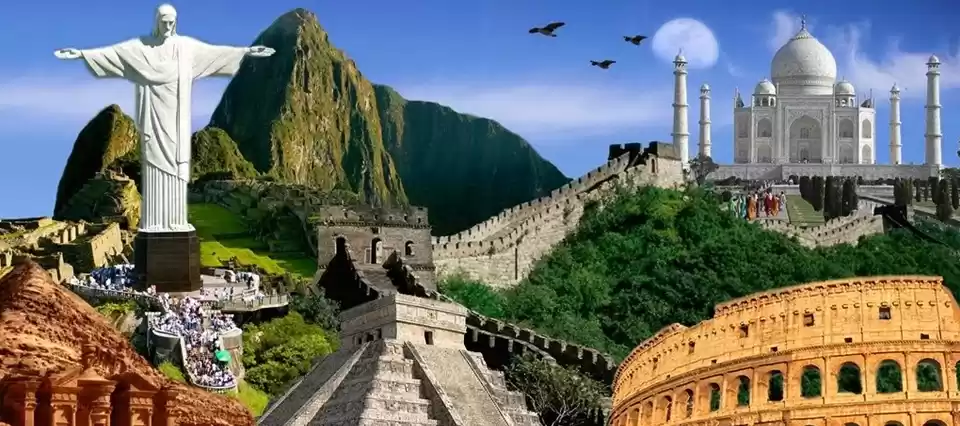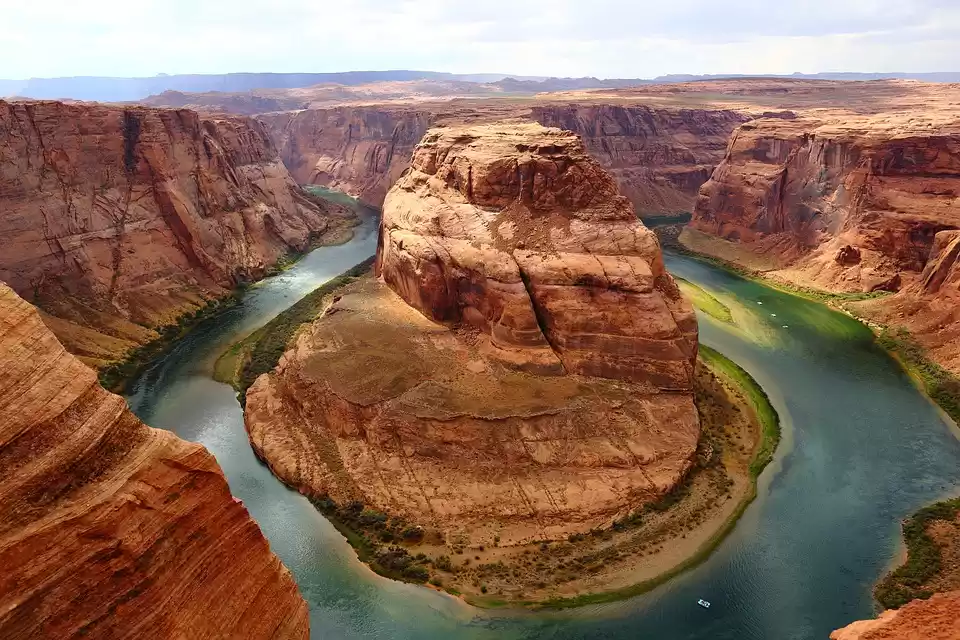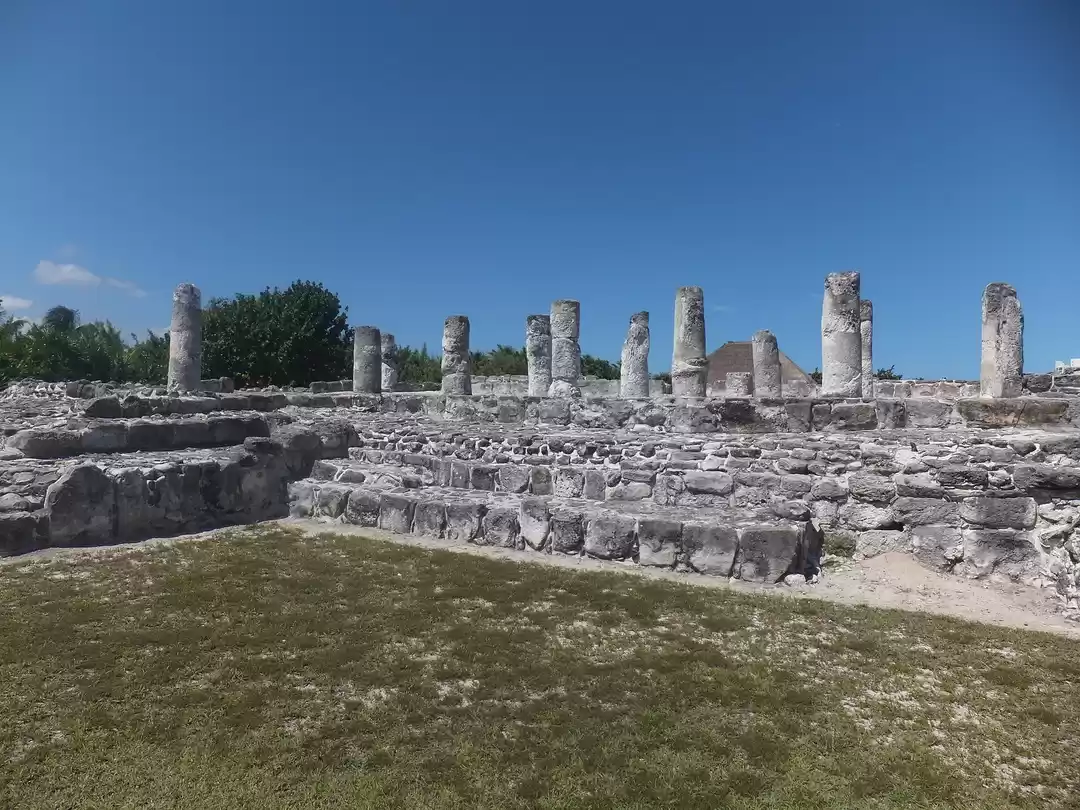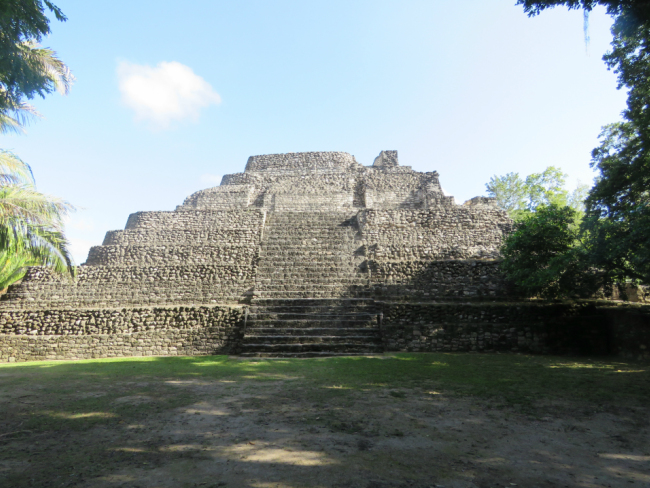There are 6000 cenotes in the Yucatan - six thousand. OK, so maybe you can't see them all, but here are a few of the most mystical and enchanting of them all.
What the heck is a cenote, you say? Cenotes are natural swimming holes, a sinkhole resulting from rainfall slowly eating away at the limestone bedrock of the Yucatan peninsula and a huge network of underground caves was formed. The caves fill with water or from the deep underground water table. When the roof of a water filled cave falls in, a cenote is formed. Cenote water is very clear because the water comes from rain water filtering slowly through the ground. Occasionally they have salt water or a mix of both salt water and rain water. Some cenotes are open at ground level but most are completely closed or have just a small opening at the top.
The Mayan name "cenote" means "sacred well", and the Mayan people built their villages around these wells. Cenotes form a secret underground world of mystical turquoise pools of water where the Mayans communicated with their Gods. Since they were revered as a water source in dry conditions, the Mayans consider cenotes to be sacred and offered sacrifices to them.
66 million years ago a meteorite that was 180 km wide and 20 km deep struck the earth near Chicxulub on the northern coast of the Yucatan Peninsula. Geological experts and researchers state that it explains the extinction of dinosaurs and the formation of a ring of cenotes around the crater, which created an impact so powerful that underground caves were created, and more cenotes formed.
At these mysterious underground pools, you can swim or dive in clean, cool mineral-rich water inside hidden caves, or occasionally an open-air cenote in the jungle. Swimming in the pristine blue-green water where you can see to the bottom feels like going back in history. Tropical trees and long hanging vines form cathedral walls, and as you look up shafts of light flicker down dancing on the water. You will feel the magic.
In some cenotes, tiny fish nibble at your toes, feet and arms offering you a free spa treatment to clean away dry skin. It tickles, and puts you off, but if you can accept it as the natural thing it is, and swim around looking up at the long roots hanging down almost touching the crystal clear blue water, you will have an extraordinary experience. Sometimes there are big fish in cenotes, and some cenotes are very deep, perfect for diving.
Some cenotes have a gift shop or restaurant, most do not. Most charge an nominal entrance fee, and some provide life jacket, but many do not.
Two the prettiest cenotes are Ik-Kil and Dznitnup.
Ik-Kil, called the "Sacred Blue Cenote"" is a round well cenote located a few kilometres from the Chichen Itza Mayan Ruins. You need to walk down a grand wooden stairway to reach it since in is about 85 feet below the surface. Truly magnificent!

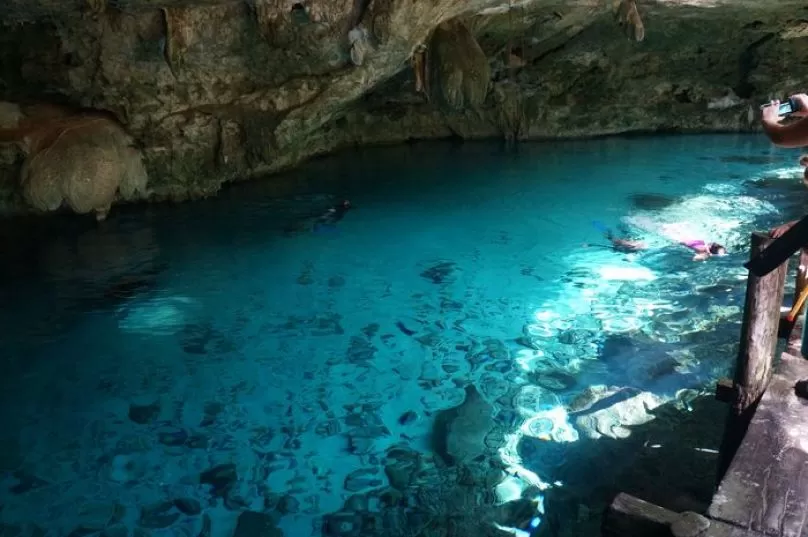
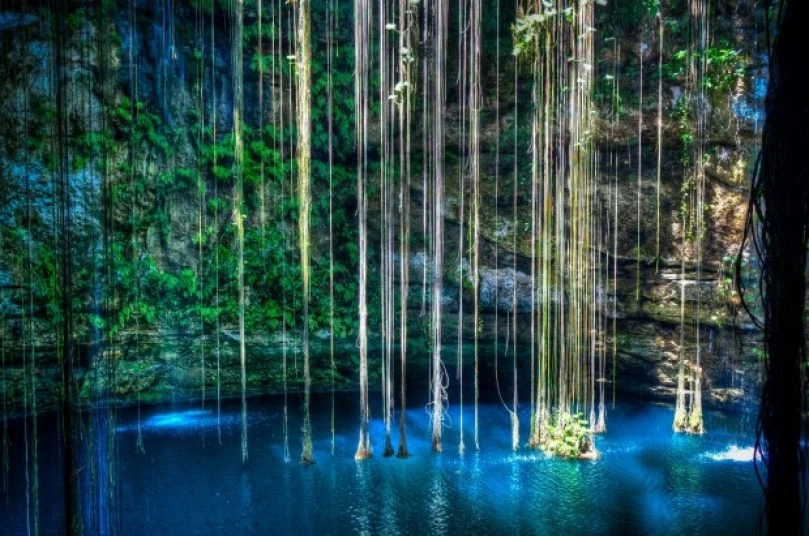
Dznitnup is about 6 kilometres from Vallodolid and there are two cenotes. Like most cenotes, these are stunningly clear. The air is moist and fresh, and the water is an even 25 degrees centigrade. A single opening in the ceiling allows rays of sunlight to show off the natural beauty of the water. It's about 25 feet down through a tunnel carved in the rock to the main cavern. Stalactites hang from the ceiling adding to the dramatic environment.
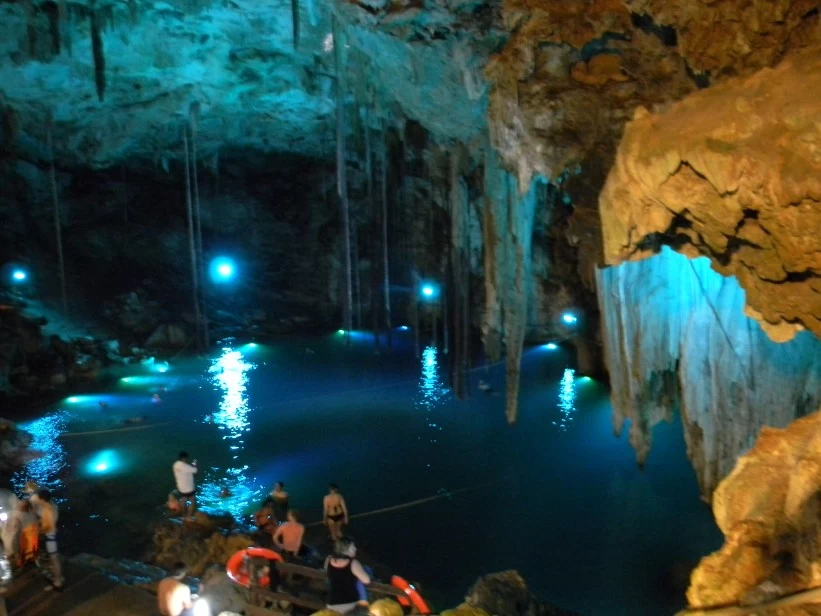



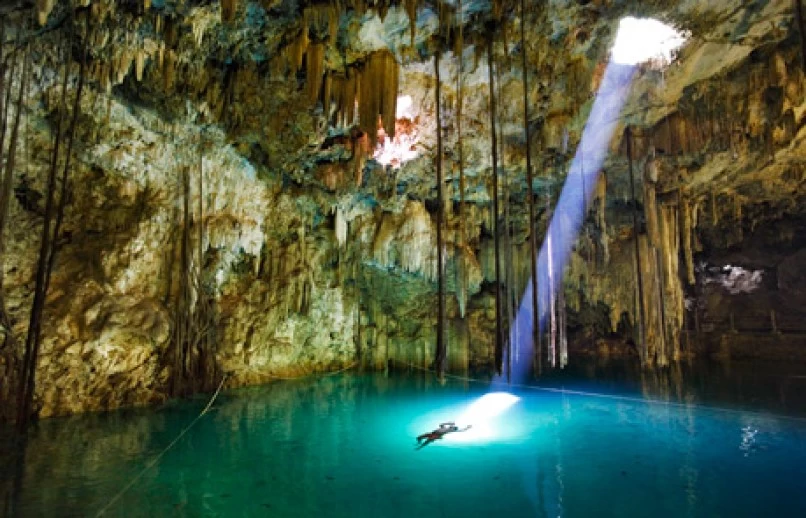
It's not hard to understand why the Mayans find these places sacred. They are an otherworldly and enchanting experience...
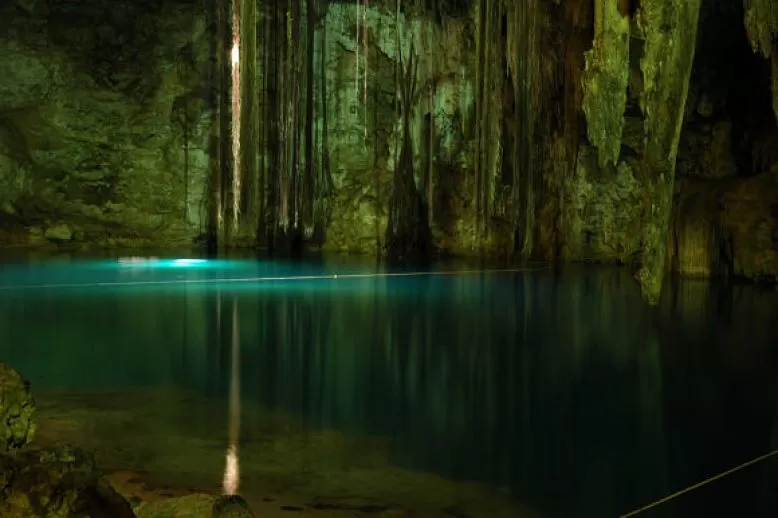
Trip first published on TRAVEL TO LITTLE KNOWN PLACES





